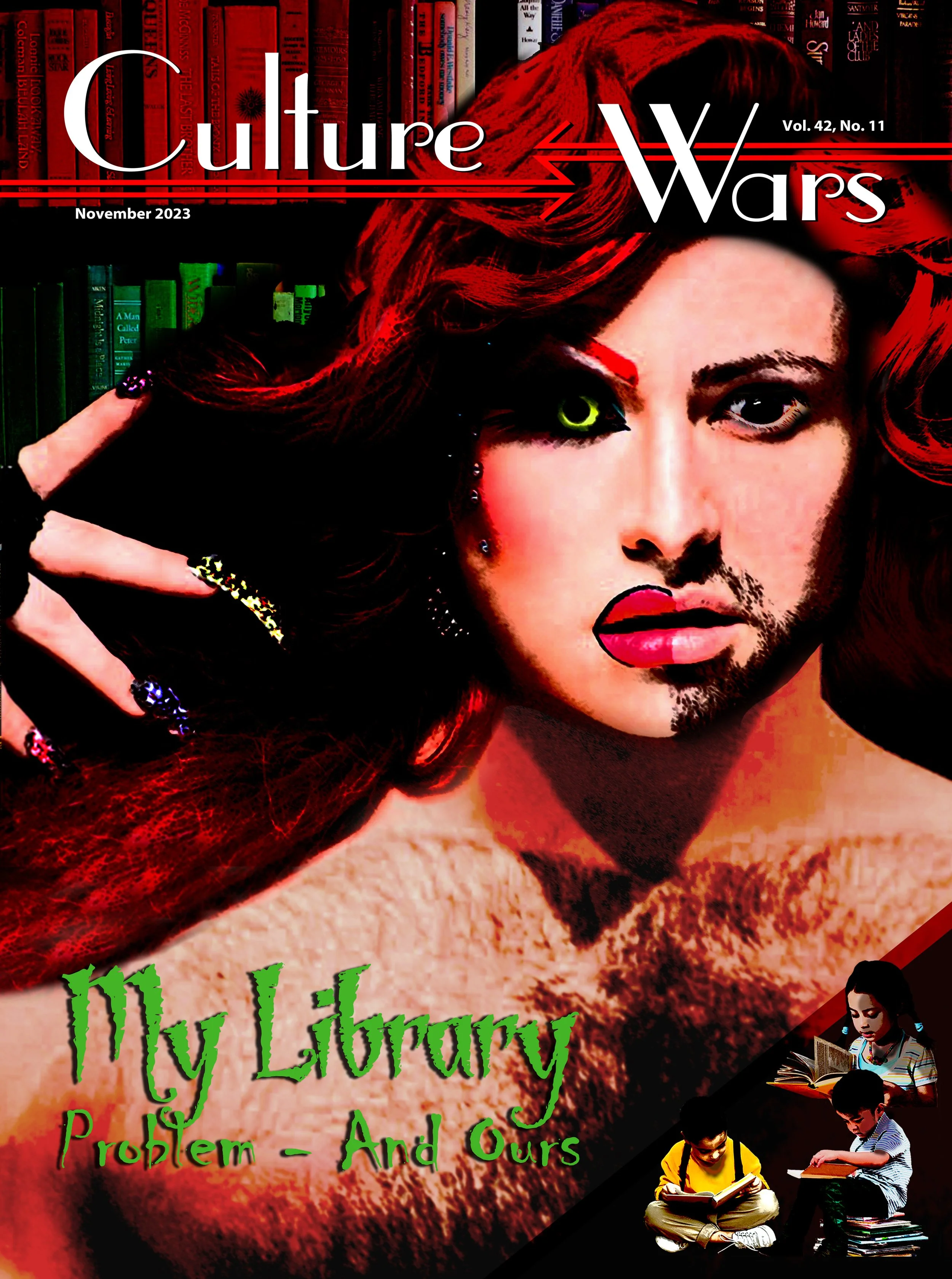The Catcher in the Rye
/I read the Catcher in the Rye this summer to solve mysteries, namely, to understand the meaning of the book’s title and, more importantly, to discover why it became a cult classic – it has allegedly sold over 65 million copies, became assigned reading in public high schools, and caused the author to go into seclusion after writing it. I confess too that reading The Jewish Revolutionary Spirit (TJRS) has made me keen to use its heuristic or paradigm to decode the popular writing of rabbinical children – J.D. Salinger’s grandfather was the rabbi of a Louisville, Kentucky congregation. That paradigm is the disposition and determination of Jews to subvert and mock Christ and his people by a variety of means. So did Salinger do this in his book? Did his family help him or instruct him in opposing the New Testament in his novel? To answer the first question, certainly so. As to the second one, we may never know his intention, but it seems plausible.
Catcher in the Rye is a dreadfully banal and blasphemous book that forces the reader inside the head of a teenage loser as he descends lower into popular culture oblivion. We might even say that the book has shaped or even defined pop culture and popularity itself. Holden Caulfield was a popular person at his prep school in every modern way – i.e., he smoked, he drank, he cursed, he used Christ’s name in vain fluently, he mingled comfortably with alpha males and attractive girls, he had wealthy, indifferent parents and a suave older brother. He is a most recognizable character to someone raised in the 80s and 90s like me as a prototypical Ferris Beuhler, or Adam Sandler, or Jerry Seinfeld, or The Breakfast Club, or any other host of godless characters, sitcoms or teen rebel movies. Or even Rebel Without a Cause for that matter, which was released a few years after Salinger’s 1951 book. And true to popular form, the main character had nothing productive or fruitful to show for his thoughts and decisions. Holden was of no value to himself or anyone he knew. He couldn’t be. Instead, he was a hindrance and someone to avoid as a mocker à la Psalm 1:1. Yet somehow Salinger would evoke pity for his main character, especially as he expressed a fleeting dream about being a saving catcher of children in the rye fields. So much for the deep meaning of the book.
As I began reading the first chapter I wondered if it was a prologue, and then I simply hoped some adults would step in to stop the juvenile stream of consciousness. Sadly, they only showed up in contemptible form as an old stooge and later as a predatory, closet homosexual. Although Holden was deferential and somewhat respectful to everyone he encountered, no one changed his course or kept him from doing what was only right in his own eyes. He seemed to reluctantly spiral into the wasteland that was and is New York City. What was Salinger’s purpose? Why would he show us the inside nihilism of a metropolitan teenager who takes an adult journey of insomnia through taxis, bars, hotel, prostitute, pimp and nightcap? And why would the media provide cover for this novel with the euphemism, “coming of age?” I certainly would not commend this book because it was never rescued by a coming of age. The main character never grows up, his downward trajectory never changes. He never repents for being expelled again for academic dereliction, or for avoiding his parents, or for wasting his family’s time and money. He remained a prodigal son…
[…] This is just an excerpt from the Nov 2023 Issue of Culture Wars magazine. To read the full article, please purchase a digital download of the magazine, or become a subscriber!









